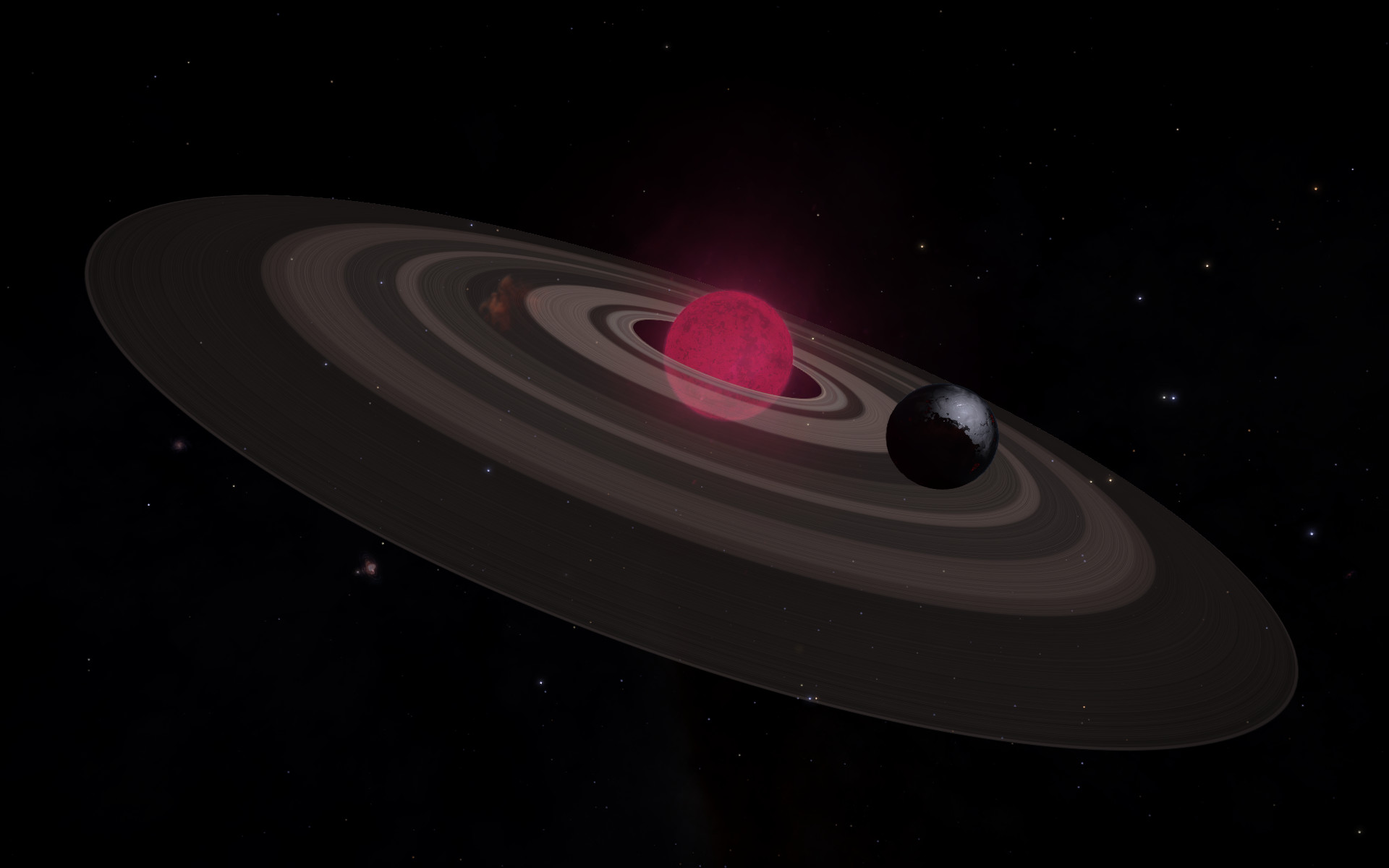South by South-East
19 May 2017Robert Phillips
No matter what we can see from far away, it's no substitute for actually being there. So it is no surprise that I feel the need to head out in the unknown once again.Having previously charted my way to the galactic core, and surrounding places of interest, I feel no strong desire to return there so soon.
Instead, as I look at the map of the galaxy, I feel it would be good to head away from the galactic core - to the Perseus Arm, the second major spiral arm of the Milky Way. It's distance from the core will make a nice contrast to the previously dense star populations.
My plan was to use major nebulae as landmarks, around which I would build a loose navigation path:
- Barnard's Loop, home to many nebulae, all in close proximity of each other.
- The Jellyfish Nebula
- The Rosette Nebula
- The Skull and Crossbones Nebula
- The Crab Pulsar
I shuffled the internals of The Millennium Dustbin, to ensure sufficient fuel and maintenance for a long voyage. Unlike the path to Colonia, there would be *no* star ports on this journey, so I had to be totally self-sufficient. I installed an extra fuel tank, 2 Auto Field Maintenance Units, and a 2-berth hangar bay for SRVs. Stars would get pretty thin out there, so I had to be prepared for long jumps without scoopable stars.
My first stop was Betelgeuse - a red supergiant, and one of the brightest stars in the sky when seen from Sol, despite it's distance:

At 640 times the diameter of Sol, it is clearly visible throughout the entire system. A landable planet, Betelgeuse 2, orbits 2964 LS from it. As you can see from the image above, even at this distance, Betelgeuse completely dominates the entire horizon of this planet. Hardly surprising that all the planets in this system are lifeless, their atmosphere having been burnt away by the monster they orbit.
Next - the Hind Nebula, surrounding the star T Tauri, whose name forms the basis of all variable type stars of this class:



This planetary nebula is tiny - barely visible from it's nearest neighbouring system. But inside is a delight, with a beautiful orange sky.
And then, to HIP 22185. This system is home to 2 Class B stars and a Neutron star. It's primary star is orbited by 5 red dwarf stars, one of which (HIP 22185 A 3) has a ring system. A high metal content world is in close orbit around it, providing a great view:

This brings us barely halfway to Barnard's Loop, still with some great sites to see...
